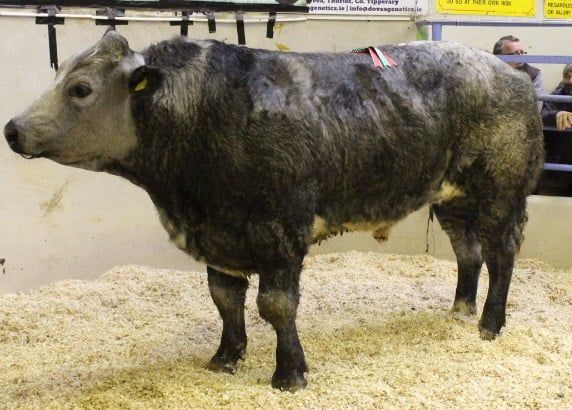The meat industry must begin negotiations with their customers to deliver at least €7.50/kg for winter beef finishers.
That is the view of the ICSA, which is putting retailers and processors on notice that the escalation of costs means that anything less will be a “complete loss-making venture”, assuming that ration is circa €500/ton.
ICSA beef chair, Edmund Graham, said:
“ICSA has been analysing figures for winter finishing, and the results are a big wake up call.”
“We see dairy farmers getting well in excess of 50c/l for low-cost summer milk. It now needs to be acknowledged that winter finishing is by far and away the highest cost farming system, and it is also the highest risk.”
“The beef industry cannot expect to continue its current model and expect farmers to take all the risk.”
Winter beef finishers
The ICSA has called on beef processors to make plans for guaranteeing minimum prices for winter finishing, which, it believes, plants should link to cattle ration price.
“In our view, that price is €7.50/kg on the assumption that the ration is €500/t. If ration goes higher, there should be additional increments on the beef price.”
“The reality is that store prices are substantially higher than last year and rising weekly. Store producers also need higher prices to cope with escalating costs, but this all feeds into the economics of winter finishing.”
Teagasc figures
The organisation has based figures on examining Teagasc models but also takes into account factors that state agencies are “not facing up to”.
“For example, on the variable costs, Teagasc figures are not realistic in terms of accounting for mortality.”
“We have included a calculation based on 1% mortality. Teagasc figures also tend to over-estimate kill-out percentage and weight gain, particularly in the context of decreasing beef merit in the dairy herd.”
“The Teagasc figures also assume top-class silage and tend to ignore weight loss at purchase and at housing and assume no setbacks. This is not realistic in real farm situations,” he concluded.
Costs
Graham claimed that there is an elephant in the room regarding fixed costs. Traditionally, some models used to assume that subsidies covered fixed costs and some variable costs.
But, he argued, that does not consider the fact that most winter finishers traditionally had high payments per hectare. He said they built their system around high slaughter premium and special beef premium payments.
Subsides and fixed costs
He pointed out that these payments have been decimated in recent years and will reduce further in the coming CAP.
“So, the assumptions around the role of subsidies are now hopelessly inaccurate. We are now in a model where subsidies can only be regarded as a compensation for environmental public goods.”
“On the other hand, fixed costs are escalating. While much of the commentary has rightly zoned in on a trebling of fertiliser and a doubling of feed and fuel costs, we also need to take account of how everything else is rocketing in price.”
“This is having an enormous impact on fixed costs. While it may not seem much, the price of a wheel for a wheelbarrow has trebled.”
“But this is just a simple example of huge escalation in all hardware costs – from fencing to steel to timber. Simple repairs to fences, sheds and yards are all costing thousands rather than hundreds.”
“All of this must be factored into decisions on whether to feed cattle or not. It is also nonsensical if we do not allow that a winter finisher needs to factor in labour costs. Nobody should be expected to work for free anymore.”
Furthermore, he said the dairy sector has seen “serious” increases in milk price and other supportive measures from milk processors.
“It is now time for the beef processing sector to step up to the plate. ICSA believes that a starting point must be a guarantee of a viable price for winter finishers with the flexibility to rise it if cattle ration price goes above €500/ton.”
“We believe that at a minimum that price will be €7.50/kg,” Graham concluded.
Other articles
Beef embryos for Friesian cows in US to reduce dairy bull calf numbers





